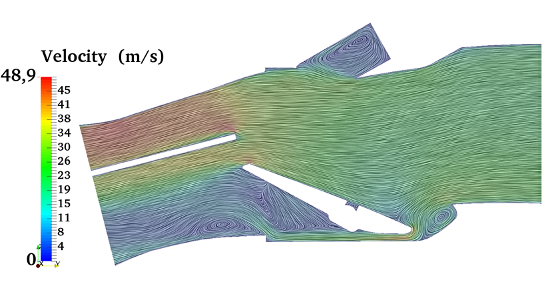Content | Navigation | Direct access | Connection
Content | Navigation | Direct access | Connection
On February 13, 2018 from 10:00 To 12:00
On February 13, 2018 from 10:00 To 12:00
On February 13, 2018 from 10:00 To 12:00
On February 13, 2018 from 10:00 To 12:00
On February 13, 2018 from 10:00 To 12:00
On February 13, 2018 from 10:00 To 12:00
On February 13, 2018 from 10:00 To 12:00
On February 13, 2018 from 10:00 To 12:00
On February 13, 2018 from 10:00 To 12:00
On February 13, 2018 from 10:00 To 12:00
On February 13, 2018 from 10:00 To 12:00
On February 13, 2018 from 10:00 To 12:00
On February 13, 2018 from 10:00 To 12:00
On February 13, 2018 from 10:00 To 12:00
On February 13, 2018 from 10:00 To 12:00
On February 13, 2018 from 10:00 To 12:00


